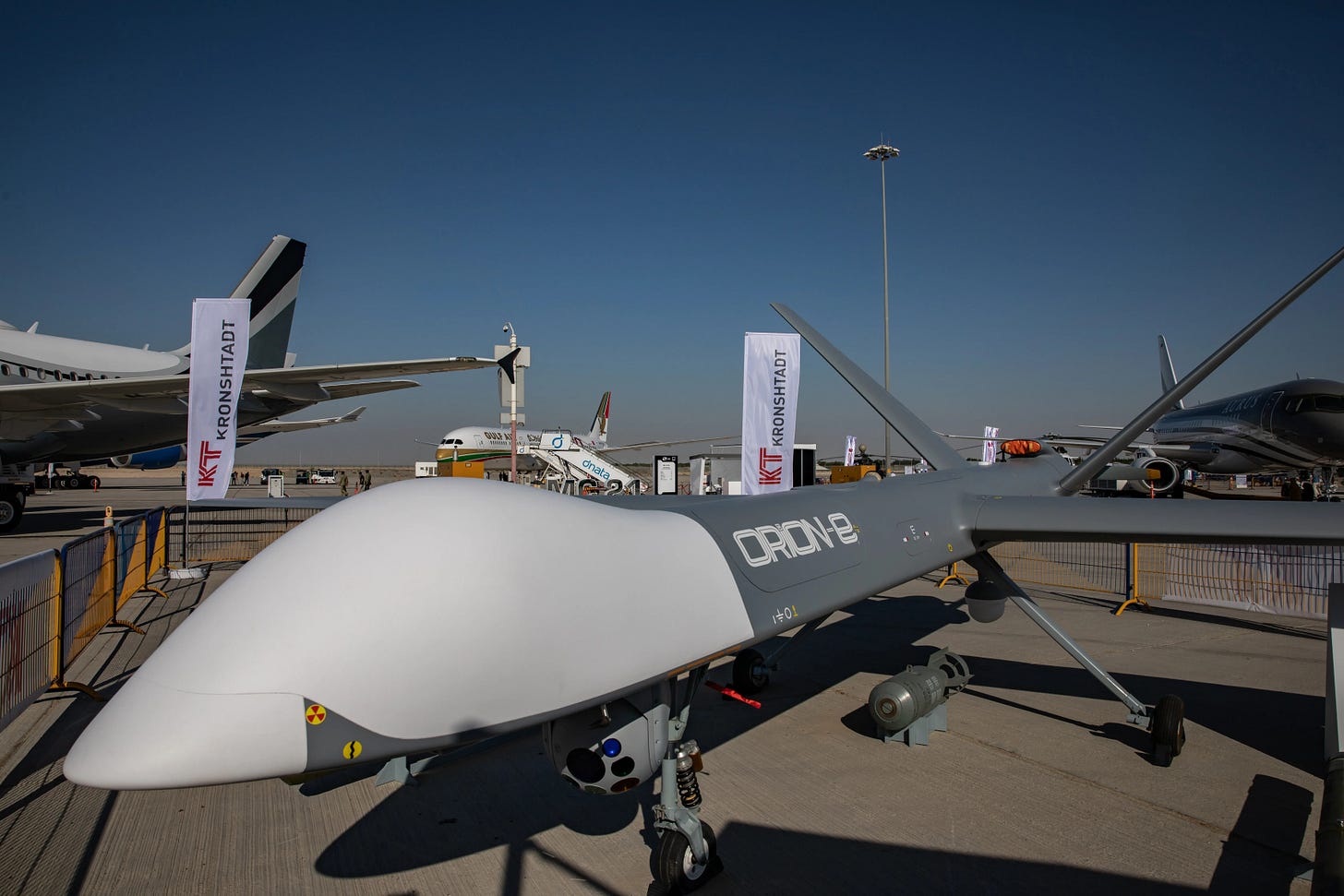The Curious Case of the Russian Missile With an AliExpress Jet Engine
A Sanctions Evasion Masterclass
If you ever wondered whether a $16,000 jet engine bought at a Chinese Amazon rip-off retailer could power a weapon of war, congratulations, you live in 2025.
Ukraine’s Defense Intelligence recently dropped a bombshell, figuratively and quite literally, revealing that Russia’s new S8000 “Banderol” cruise missile is cobbled together with parts from the West, China, and even your favorite online electronics hobby store.
This revelation did not come from Kremlin transparency or captured documents. Instead, Ukrainian investigators physically recovered missile fragments from recent strikes in southern Ukraine and ran them through their own battlefield CSI lab.
The parts were then cataloged in the “Components in Weapons” section of the War & Sanctions portal. Spoiler alert: the missile’s guts read like a global tech expo.
Missile on a Budget: Banderol’s Surprising Specs
The S8000 “Banderol” is what happens when a corrupt military-industrial complex runs out of innovation and decides to play engineer with a soldering iron, some imported batteries, and a jet engine ordered from a shopping website.
Despite Moscow’s PR machine trying to frame it as a next-gen precision missile, the truth is far more embarrassing: it’s a low-budget kludge assembled from stolen blueprints, off-the-shelf electronics, and desperation.
The specs tell a story not of technological superiority, but of a declining empire duct-taping its way through a sanctions squeeze. Measuring about five meters in length with a 2.2-meter wingspan, the missile is compact and, on paper, nimble.
Russia claims it can cruise at 560 kilometers per hour and hit targets up to 500 kilometers away. But that “range” assumes no jamming, no interception, and no operator error, three things Ukraine’s defenders routinely deliver.
Its warhead? A middling 114 kilograms total, with roughly 50 kilograms of actual explosive. Enough to do damage to soft targets like power substations or residential high-rises, but that is kind of the point, isn’t it?
Banderol is not meant for battlefield targets. It’s not built to change military outcomes. It is, in every practical sense, a tool of terrorism, designed to inflict psychological trauma and infrastructure chaos.
Then there’s the missile’s supposed “agility,” which some Russian analysts claim allows tighter turns than previous cruise systems like the Kh-101.
That’s rich. In reality, the Banderol’s limited flight control is only “agile” when judged against the aerodynamic elegance of a flying refrigerator. Tighter turns don’t matter much when Ukrainian air defenses are punching these things out of the sky with increasing accuracy.
Keep reading with a 7-day free trial
Subscribe to Eyes Only with Wes O'Donnell to keep reading this post and get 7 days of free access to the full post archives.



